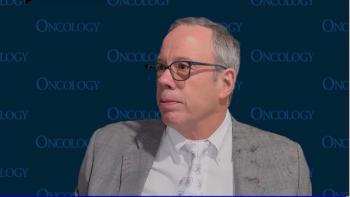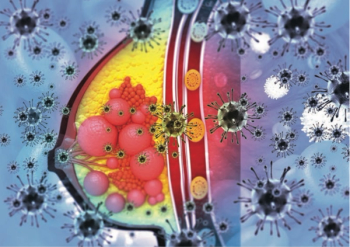
Sumanta K. Pal, MD, FASCO, on Cabozantinib Efficacy in SWOG 1500 for Papillary RCC
Pal discussed findings from the SWOG 1500 trial investigating sunitinib versus either cabozantinib, crizotinib, or savolitinib to treat patients with metastatic papillary RCC.
CancerNetwork® spoke with Sumanta K. Pal, MD, FASCO, at the 2021 American Society of Clinical Oncology (ASCO) Genitourinary Cancer Symposium (GU) regarding the SWOG 1500 trial (NCT02761057) investigating sunitinib (Sutent) versus cabozantinib (Cabometyx), crizotinib (Xalkori), or savolitinib to treat patients with metastatic papillary renal cell carcinoma.
Transcription:
This is a really big study. This is the first time that we have a systemic therapy regimen that’s shown benefit in papillary kidney cancer. This is quite groundbreaking; truly, this is one of those findings that you can hear at ASCO GU over the weekend and take back to the clinic on Monday morning and implement. You know, the study is the first to show that a targeted therapy, or systemic therapy for that matter, has any benefit within this disease space. And specifically, we showed a significant benefit in progression-free survival response rate with cabozantinib over sunitinib.
I think that in SWOG 1500, one of the main messages is that there’s a rare disease embedded within every cancer type, whether it’s lung cancer, ovarian cancer, [or] breast cancer. I think SWOG 1500 really proves that we can band together and do studies that really get at the biology of those rare tumor types. So, I’d encourage investigators across disciplines to use our study as a model.
Reference:
Pal SK, Tangen C, Murchie I, et al. Sunitinib versus cabozantinib, crizotinib or savolitinib in metastatic papillary renal cell carcinoma (pRCC): Results from the randomized phase II SWOG 1500 study. J Clin Oncol. 2021;39(suppl 6):270. doi:10.1200/JCO.2021.39.6_suppl.270
Newsletter
Stay up to date on recent advances in the multidisciplinary approach to cancer.

















































































